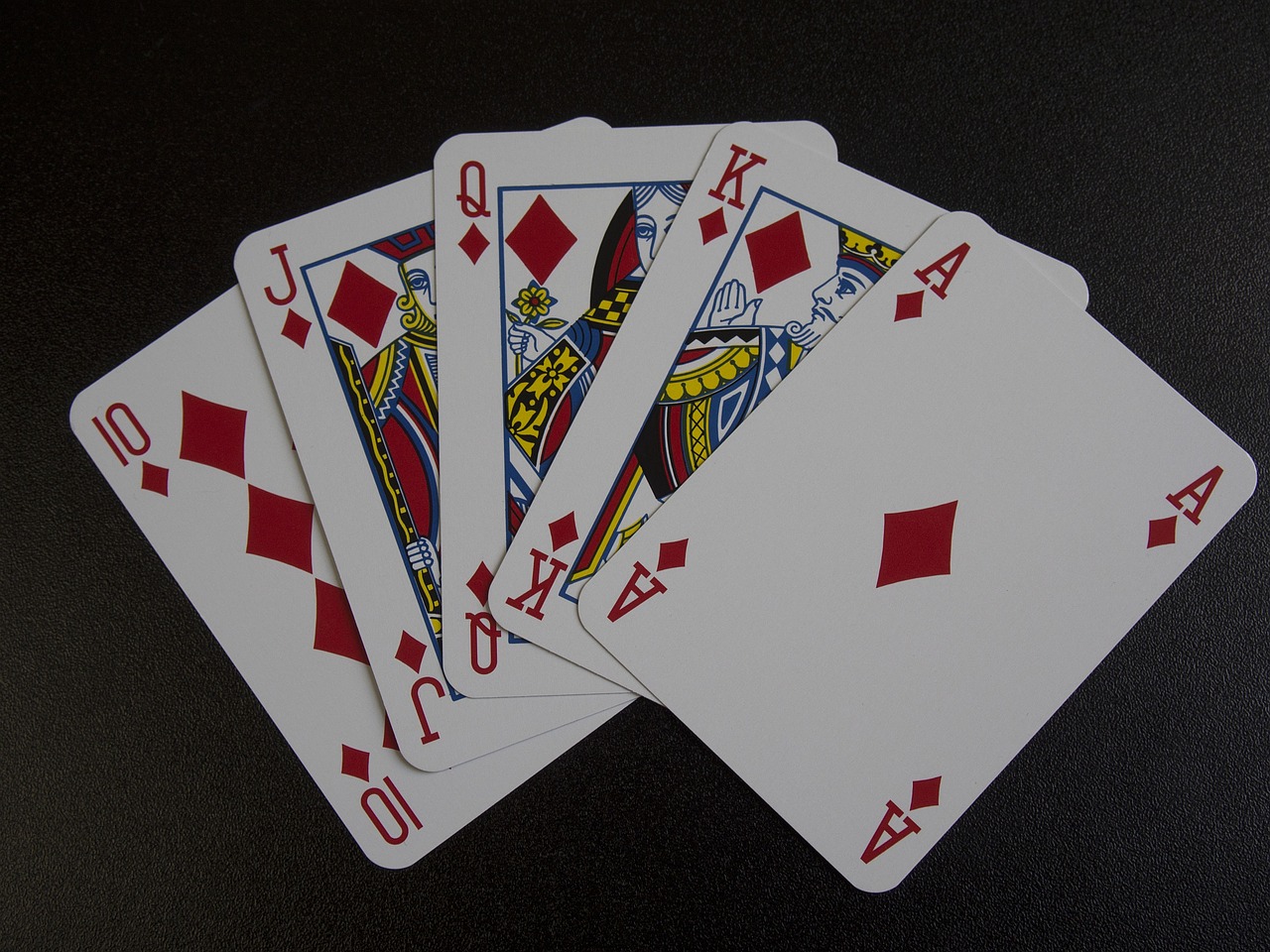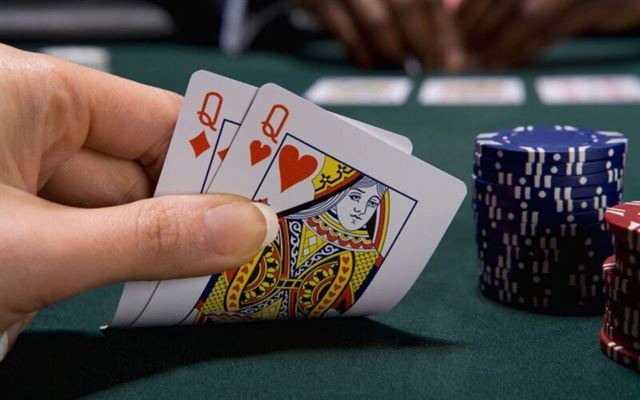In the world of poker, the ability to read your opponents and decipher their intentions can be the difference between winning and losing. While mastering the rules and strategies of the game is essential, understanding the subtle cues and body language displayed by your opponents can give you a significant advantage. This skill, known as reading poker tells, allows experienced players to gain insights into their opponents’ hands and make more informed decisions. In this article, we will delve into the secrets of poker tells, exploring the various cues and signals that can help you read your opponents like a pro.
The Importance of Reading Poker Opponents in a Casino Setting
So, why is reading your opponents so important in a casino setting? Well, for starters, it allows you to gain valuable information about the strength of their hand. By observing their body language, facial expressions, and betting patterns, you can make educated guesses about the cards they are holding. This information can help you make better decisions about whether to fold, call, or raise.
Additionally, reading your opponents can help you detect when they are bluffing. Bluffing is a common strategy in poker, where players pretend to have a stronger hand than they actually do. By paying close attention to your opponents’ behavior, you can spot the subtle signs that indicate they are bluffing. For example, if a player suddenly becomes more animated or starts fidgeting when placing a bet, it could be a sign that they are trying to deceive you.
Furthermore, reading your opponents can give you insight into their playing style. Every poker player has their own unique style, whether it’s aggressive, conservative, or somewhere in between. By observing how your opponents bet and react to certain situations, you can gain a better understanding of their strategy. This knowledge can help you adjust your own gameplay and exploit their weaknesses.
To become proficient at reading poker tells, it’s important to pay attention to both verbal and non-verbal cues. Verbal cues include the words and phrases your opponents use during the game. For example, if a player says something like “I’m not sure about this,” it could indicate that they are uncertain about their hand. Non-verbal cues, on the other hand, involve observing your opponents’ body language and facial expressions. For instance, if a player avoids eye contact or starts sweating when they have a strong hand, it could be a sign that they are nervous about their cards being revealed.
It’s worth noting that reading poker tells is not an exact science. It requires a combination of observation, intuition, and experience. It’s also important to remember that not all tells are reliable indicators of a player’s hand. Some players may intentionally give off false tells to deceive their opponents. Therefore, it’s crucial to consider multiple factors and not rely solely on one tell when making decisions at the poker table.
Mastering Poker Tells: How to Gain an Edge in Reading Opponents
First and foremost, it is essential to understand what a poker tell is. A tell is a subtle, often unconscious, behavior or reaction that reveals information about a player’s hand. It can be a physical gesture, a change in facial expression, or even a verbal cue. By observing and interpreting these tells, players can gain valuable insights into their opponents’ cards and make more informed decisions.
One common tell is the shaking of hands. When a player’s hands tremble, it often indicates nervousness or anxiety. This could mean that they have a weak hand and are unsure about their next move. On the other hand, a player with a strong hand may try to conceal their excitement by subtly shaking their hands. By paying attention to these subtle cues, you can adjust your strategy accordingly.
Another tell to watch out for is the eye movement. When a player looks directly at their chips or cards, it usually indicates strength. They are confident in their hand and ready to make a move. Conversely, if a player avoids eye contact or looks away, it may suggest weakness or uncertainty. By observing these eye movements, you can gain valuable information about your opponents’ confidence levels and adjust your betting accordingly.
Facial expressions are also crucial in reading opponents. A sudden change in expression, such as a raised eyebrow or a twitch of the mouth, can reveal a lot about a player’s hand. For example, a player who suddenly smiles or looks relaxed may have a strong hand and is trying to deceive others. On the other hand, a player who frowns or looks tense may be bluffing or holding a weak hand. By carefully observing these facial expressions, you can make more accurate judgments about your opponents’ hands.
Verbal cues are another valuable source of information. Pay attention to the tone and pitch of your opponents’ voices. A sudden change in their voice may indicate excitement or nervousness, which can be a telltale sign of a strong or weak hand. Additionally, listen for any verbal slips or hesitations, as they may reveal uncertainty or deception. By combining verbal cues with other tells, you can gain a more comprehensive understanding of your opponents’ hands.
Mastering poker tells requires practice and keen observation skills. It is essential to pay attention to your opponents’ behavior throughout the game and look for patterns or consistencies in their tells. However, it is crucial to remember that tells are not foolproof indicators of a player’s hand. They are merely clues that can help you make more informed decisions. Therefore, it is essential to use them in conjunction with other strategies and techniques to gain an edge in the game.
Strategies for Decoding Poker Tells and Improving Your Game
First and foremost, it is essential to understand what a poker tell is. A tell is a subconscious action or behavior that a player exhibits, which can provide insight into the strength or weakness of their hand. These tells can be physical, such as body language or facial expressions, or verbal, such as speech patterns or tone of voice. By observing and interpreting these tells, you can gain valuable information about your opponents’ hands and make more informed decisions.
One of the most common physical tells in poker is the shaking hand. When a player’s hand trembles, it often indicates nervousness or anxiety, which can be a sign of a weak hand. However, it is crucial to consider other factors, such as the player’s overall demeanor and previous behavior, before making any assumptions. A shaking hand alone may not be enough to determine the strength of their hand.
Another physical tell to watch out for is the eye movement. When a player looks directly at their chips or their hole cards, it usually indicates a strong hand. On the other hand, if they avoid eye contact or glance at their opponents’ chips, it may suggest a weaker hand. However, it is important to note that some players may intentionally use reverse tells to deceive their opponents. Therefore, it is crucial to consider the context and other factors before making any judgments based solely on eye movement.
Verbal tells can also provide valuable information about your opponents’ hands. For example, a player who talks excessively or becomes overly chatty may be trying to distract their opponents or cover up their nervousness. On the other hand, a player who suddenly becomes silent or starts speaking in a monotone voice may be trying to hide the strength of their hand. Paying attention to these verbal cues can help you gain insight into your opponents’ mindset and make more accurate decisions.
In addition to physical and verbal tells, it is essential to observe your opponents’ betting patterns. A sudden increase in betting size or a hesitation before betting can indicate a strong hand, while a quick call or a small bet may suggest a weaker hand. By analyzing these patterns over time, you can start to identify your opponents’ tendencies and adjust your own strategy accordingly.
However, it is important to remember that poker tells are not foolproof indicators of your opponents’ hands. They are merely clues that can help you make more informed decisions. It is crucial to consider multiple factors, such as the player’s overall style, position at the table, and previous actions, before making any judgments based on tells alone.
Unveiling the Secrets of Poker Tells: Enhancing Your Ability to Read Opponents
First and foremost, it is essential to understand what a poker tell is. A tell is a subtle, often unconscious, behavior or reaction that gives away information about a player’s hand. It can be a physical gesture, a change in breathing pattern, or even a verbal cue. By observing and interpreting these tells, skilled players can gain insight into their opponents’ cards and make more informed decisions.
One common tell is the “nervous twitch.” When a player is anxious or unsure about their hand, they may exhibit small, repetitive movements such as tapping their fingers or bouncing their leg. These twitches can indicate a weak hand or a bluff attempt. Conversely, a player who remains calm and composed likely has a strong hand and is confident in their abilities.
Another tell to watch out for is the “eye contact.” When a player avoids eye contact or looks away after making a bet, it often signifies a lack of confidence in their hand. On the other hand, a player who maintains steady eye contact is usually trying to intimidate their opponents and may have a strong hand. However, it is important to note that some players may intentionally use reverse tells to deceive their opponents, so it is crucial to consider other factors before making a judgment.
Furthermore, changes in breathing patterns can also reveal valuable information. When a player’s breathing becomes shallow or irregular, it may indicate nervousness or excitement. This could mean that they have a weak hand or are bluffing. Conversely, a player who maintains steady and controlled breathing is likely confident in their hand and may have a strong combination of cards.
Verbal cues can also provide valuable insights into a player’s hand. For example, a player who hesitates before making a bet or raises their voice when speaking may be trying to convince themselves and others that they have a strong hand. On the other hand, a player who speaks quickly and confidently may be bluffing or trying to distract their opponents from their true intentions.
To enhance your ability to read opponents, it is crucial to pay attention to these tells and look for patterns. Keep in mind that tells can vary from player to player, so it is essential to observe each opponent individually. Additionally, it is important to consider the context and other factors such as the player’s betting patterns, position at the table, and overall playing style.
In conclusion, reading opponents like a pro is a skill that can greatly enhance your poker game. By observing and interpreting poker tells, you can gain valuable insights into your opponents’ hands and make more informed decisions. Remember to pay attention to physical gestures, eye contact, breathing patterns, and verbal cues. However, it is important to note that tells can be misleading, and some players may intentionally use reverse tells to deceive their opponents. Therefore, it is crucial to consider other factors and look for patterns before making a judgment. With practice and experience, you can become a master at reading opponents and take your poker game to the next level.






